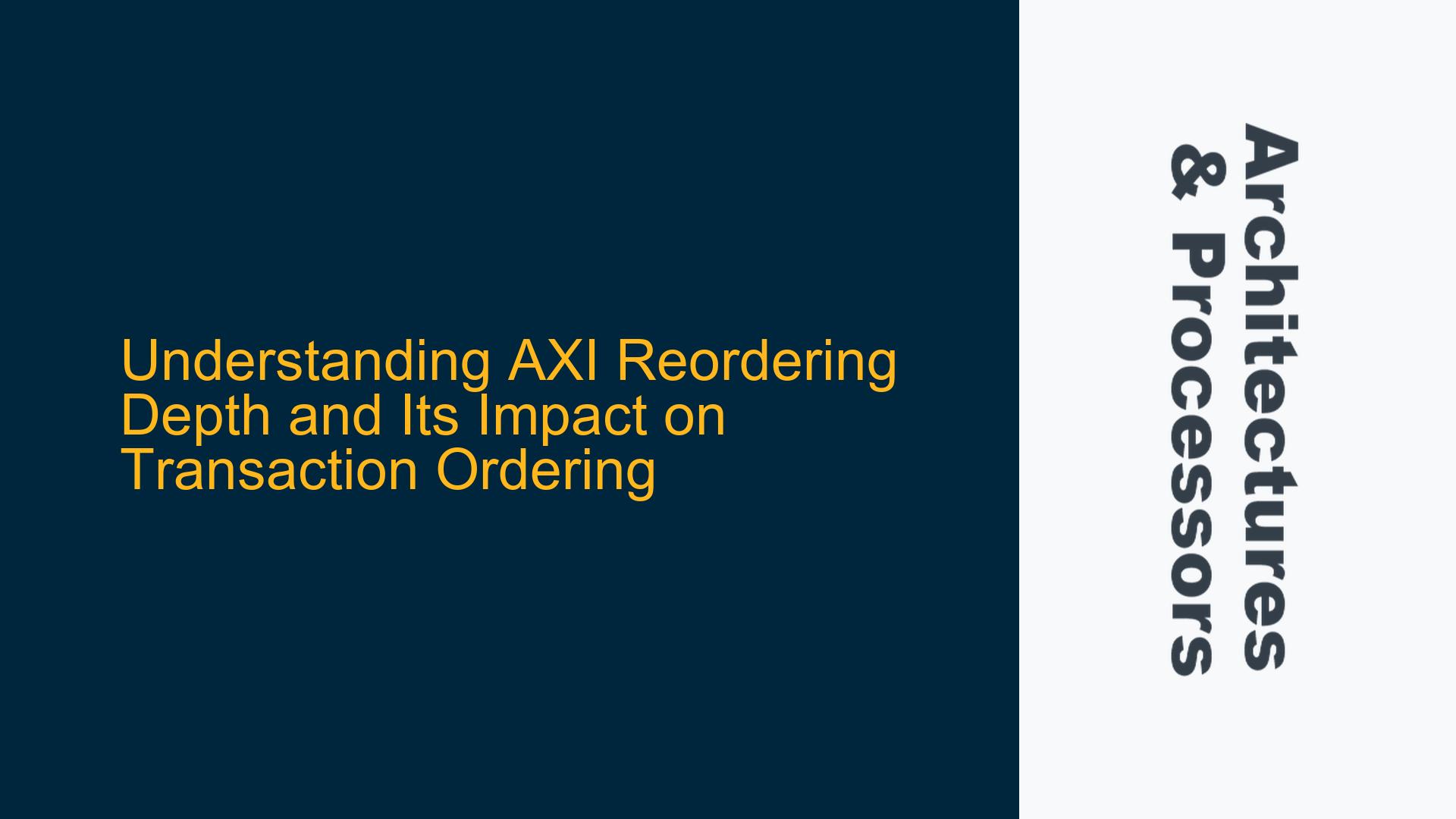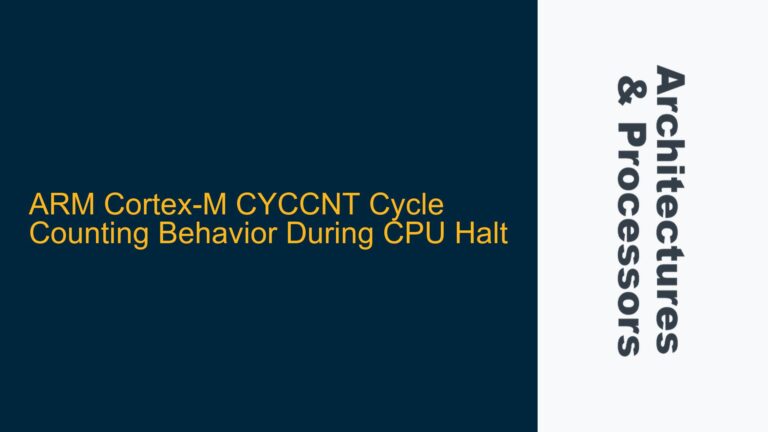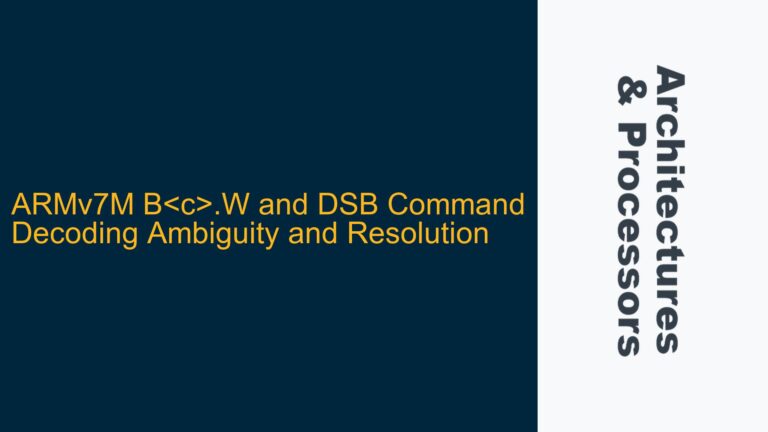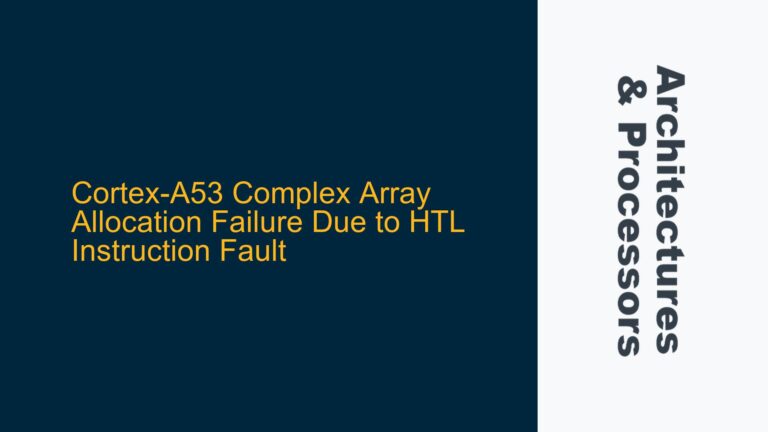AXI Transaction Reordering Behavior with Depth = 4
In the context of ARM’s AMBA AXI protocol, the reordering depth of a slave interface defines its ability to handle multiple outstanding transactions concurrently and potentially reorder their completion responses. When the reordering depth is set to 4, the slave can process up to four transactions simultaneously, and these transactions may complete out of their original issue order. For instance, if transactions with ARIDs 3, 2, 1, and 0 are issued sequentially, the slave may return responses in the order 0, 1, 2, 3. This behavior is permissible under the AXI protocol, as long as the reordering depth is respected.
The reordering depth is tied to the number of unique transaction IDs (ARID or AWID) that the slave can handle concurrently. Each ID represents an independent transaction stream, and the slave can process these streams in parallel. However, transactions within the same ID must maintain their original order. For example, if two transactions share the same ARID, the second transaction cannot complete before the first, regardless of the reordering depth.
The reordering depth also impacts the interleaving of read and write transactions. A slave with a reordering depth of 4 can interleave up to four read or write transactions, allowing for higher throughput and better utilization of the bus fabric. This is particularly useful in high-performance memory controllers or other complex slaves where latency and bandwidth are critical.
Implications of Reordering Depth = 1 on Transaction Ordering
When the reordering depth is set to 1, the slave loses its ability to reorder transactions. In this case, the slave must process transactions strictly in the order they are received. For example, if transactions with ARIDs 3, 2, 1, and 0 are issued sequentially, the slave must return responses in the same order: 3, 2, 1, 0. This behavior ensures strict ordering but may result in lower performance due to the lack of concurrency.
A reordering depth of 1 is typical for simpler slaves that do not require high throughput or advanced transaction management. These slaves process one transaction at a time, ensuring that each transaction completes before the next begins. While this approach simplifies the design of the slave, it can create bottlenecks in systems with high transaction volumes or complex dependencies.
The lack of reordering also affects the interleaving of transactions. With a reordering depth of 1, the slave cannot interleave multiple transactions, which may lead to underutilization of the bus fabric. This is particularly problematic in systems where multiple masters are competing for access to the same slave, as it can result in increased latency and reduced overall system performance.
Managing 10 Transactions with a Reordering Depth of 4
When dealing with a larger number of transactions, such as 10, and a reordering depth of 4, the slave’s behavior becomes more complex. The slave can actively process up to four transactions at any given time. As one of these transactions completes, the next pending transaction takes its place in the reordering depth. This process continues until all 10 transactions have been processed.
For example, consider 10 transactions with ARIDs 9 through 0 issued sequentially. The slave will initially process transactions with ARIDs 9, 8, 7, and 6. If the transaction with ARID 6 completes first, the slave will then begin processing the transaction with ARID 5, replacing ARID 6 in the reordering depth. This process repeats until all transactions have been completed.
The key point is that the reordering depth only applies to the transactions currently being processed by the slave. Pending transactions remain in a queue and are processed in the order they were received, once space becomes available in the reordering depth. This ensures that the slave does not exceed its reordering capability while still allowing for some level of concurrency.
In high-performance systems, this behavior can be leveraged to optimize throughput and latency. By carefully managing the reordering depth and the number of outstanding transactions, designers can achieve a balance between performance and complexity. However, it is essential to consider the impact of reordering on system-level behavior, particularly in scenarios where transaction ordering is critical, such as in coherent systems or when dealing with memory-mapped I/O.
Practical Considerations for Reordering Depth Configuration
When configuring the reordering depth for an AXI slave, several factors must be considered. First, the reordering depth should align with the slave’s ability to handle concurrent transactions. For example, a high-performance memory controller may benefit from a larger reordering depth, while a simple peripheral may only require a depth of 1.
Second, the reordering depth should be consistent with the system’s overall performance goals. A larger reordering depth can improve throughput but may also increase design complexity and verification effort. Conversely, a smaller reordering depth simplifies the design but may limit performance.
Finally, the reordering depth must be compatible with the behavior of other components in the system. For example, if a master expects transactions to complete in a specific order, the slave’s reordering depth must be configured accordingly to avoid violating the master’s assumptions.
By carefully considering these factors, designers can optimize the reordering depth to meet the needs of their specific application while ensuring compliance with the AXI protocol and maintaining system-level correctness.






